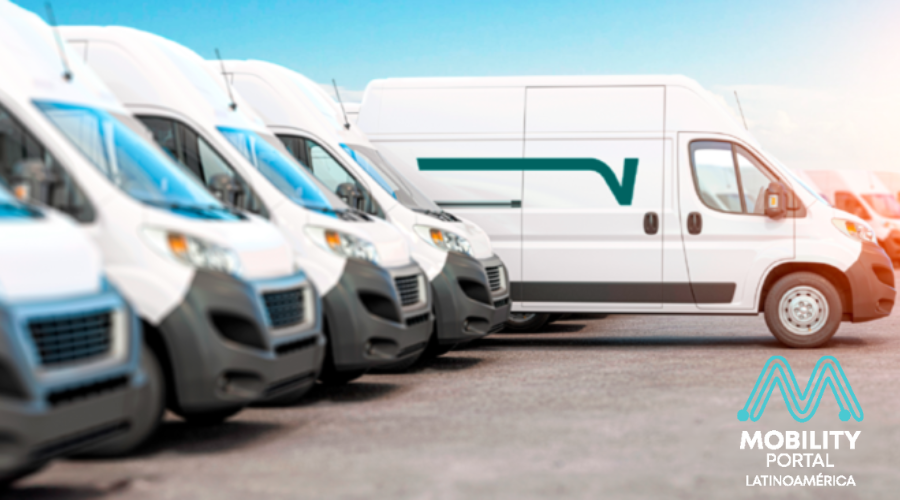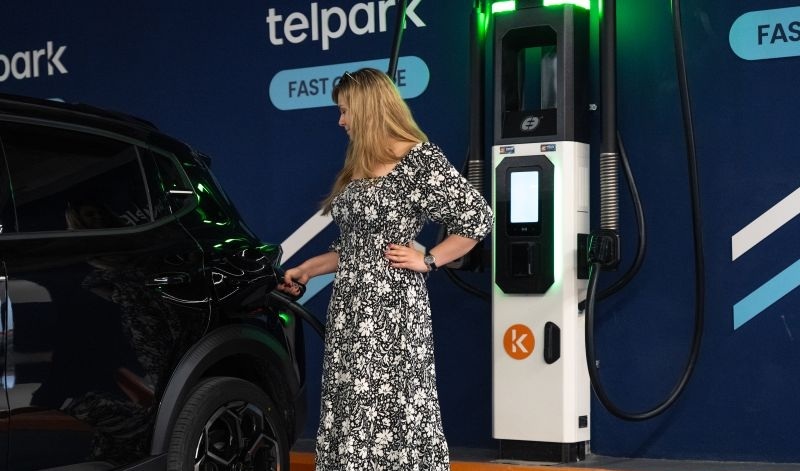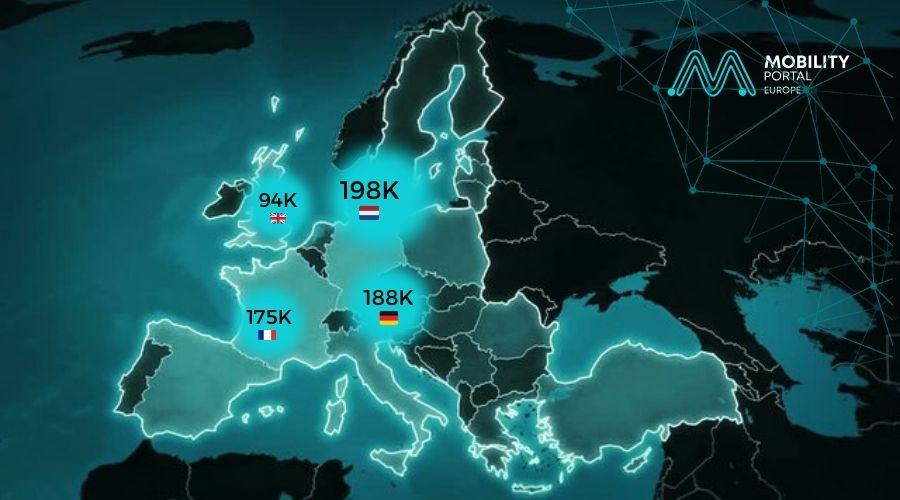While the passenger electric vehicle segment is booming in Latin America, the transition of commercial fleets is progressing at a slower pace.
Logistics, consumer goods, and service companies are actively seeking to reduce their carbon footprint, and fleet renewal is a fundamental pillar of that strategy. However, this drive clashes with a market reality that has yet to respond to their specific needs.
Experts from across the value chain analysed this issue during Mobility Portal Latinoamérica’s webinar, “Market opportunities in charging infrastructure for fleets.”
There is consensus: the challenge is no longer convincing companies of the benefits of electromobility, but rather providing them with the right vehicles, at the right price, and with the necessary support for their fleets.
Overpricing as a barrier to entry
The main hurdle to the widespread adoption of electric fleets is the high initial cost.
Unlike the passenger vehicle market, where the price gap has narrowed significantly, in the commercial segment the difference remains a decisive factor.
Constantino Rodriguez, Commercial Head at VEMO – one of the largest electric fleet operators in the region – provided some figures.
“Here in Mexico, the difference between an electric passenger vehicle and its internal combustion equivalent can be up to 15% in the purchase price. But when it comes to commercial vehicles, availability is lower and the price gap can be between 40 and 60%,” he explained.
This initial premium means “there is a much higher upfront cost, so whether a business model succeeds truly depends on whether enough kilometres are travelled with these fleets to justify the fuel and maintenance savings,” Rodriguez added.
The limited supply only worsens the issue. While Mexico offers more than 90 passenger EV models, the variety in the commercial segment is drastically lower.
“I think what’s missing is a greater focus, both from manufacturers and vehicle importers, on bringing in these models that are cost-effective but also come with the necessary technology and safety standards for the country,” he concluded.
Unmet demand for fleets: the perspective from bimbo and KPN
The willingness of major companies to electrify their logistics operations is a tangible reality.
One example is Grupo Bimbo, which already has 12% of its total fleet in Latin America made up of electric or sustainable vehicles, positioning itself as a pioneer in the region.
Heifner Emanuel De León Cordova, Supply Chain Manager for Central America at the company, stressed that after-sales support is a non-negotiable factor.
“For us, post-sales service is essential, because the requirement and availability of the vehicle must be at 100% — due to our business model and the commitment we have with our clients and consumers,” he emphasised.
This demand for a robust ecosystem clashes with the reality faced even by companies within the electromobility sector itself.
Eduardo Quezada, Commercial Manager at KPN Energy — a company dedicated to the installation of charging infrastructure — presented a paradox.
“Today, we’re using a combustion-powered utility van, despite being a company that installs electric vehicle infrastructure, because there’s simply no vehicle model on the market that meets our needs,” Quezada lamented.
His case highlights the absence of transitional models, such as plug-in hybrids, which are ideal for fleets with mixed operations.
“For example, in the Chilean market, there’s currently no commercial plug-in hybrid vehicle available — and that leaves us short.”
“We have to use fully electric vehicles for city driving and combustion vehicles for long distances. That means doubling our resources,” he explained.
For Quezada, the conclusion is clear: the supply of commercial fleet models hasn’t evolved at the same pace as demand or the passenger segment.
“I feel that it stagnated somewhat during and after the pandemic, and unlike the private vehicle sector, we haven’t seen progress.”
Corporate demand and the business case for fleet electrification are increasingly clear — but the next move must come from manufacturers and importers who have the opportunity to capitalise on this unmet need.
DISCOVER MOBILITY PORTAL DATA
Explore Mobility Portal Data, an exclusive new market intelligence platform offering reliable data and key reports to support smart decision-making across the automotive sector — covering both combustion and electric vehicles, as well as charging infrastructure.
Research, trend analysis, and well-organised statistics, clearly and accurately presented, along with up-to-date insights — all just one click away.
With Mobility Portal Data, better decisions are just around the corner.
READ MORE
-
Ekoenergetyka: Investing in EV charging at car parks is more crucial now than ever before
Public car parks are no longer just simple transit points. With the addition of chargers, they are becoming strategic hubs for electric mobility. What is Ekoenergetyka’s strategy?
-
Ceees: “No se puede desmantelar una industria para un objetivo que es imposible de lograr en 2035”
Ceees afirma que ha defendido siempre la neutralidad tecnológica como principio fundamental en la transición energética aplicada a la movilidad en el seno de la Unión Europea y espera que este cambio de postura reflejado “no llegue demasiado tarde”.
-
E-Mobility ranking: who leads and who lags in Europe’s charging infrastructure
The total number of publicly accessible charging points has reached 1,148,062. However, the growth is not evenly distributed.









